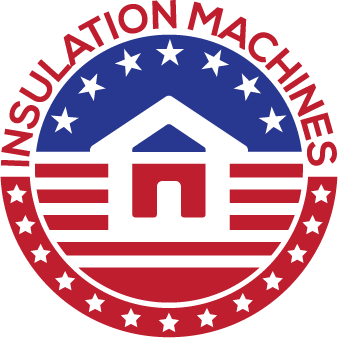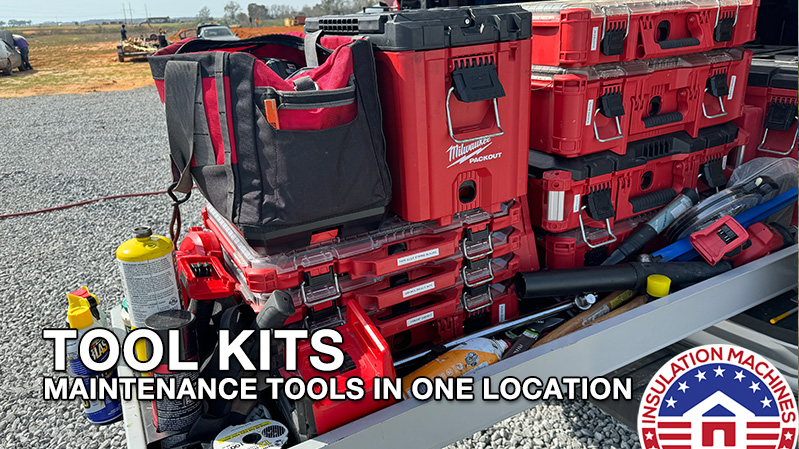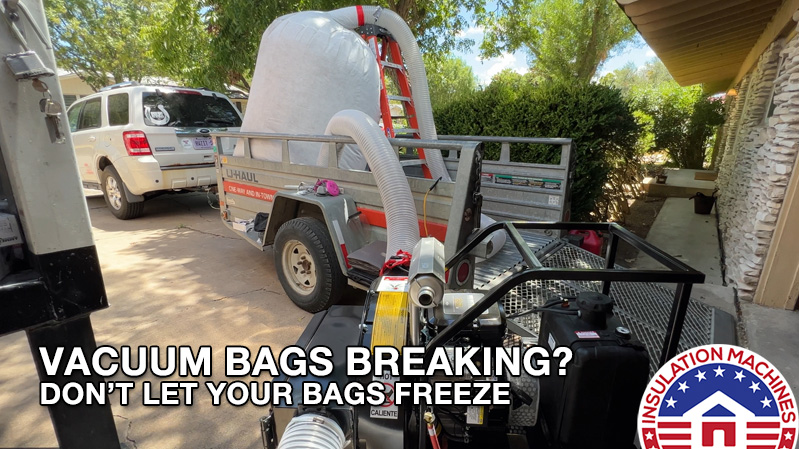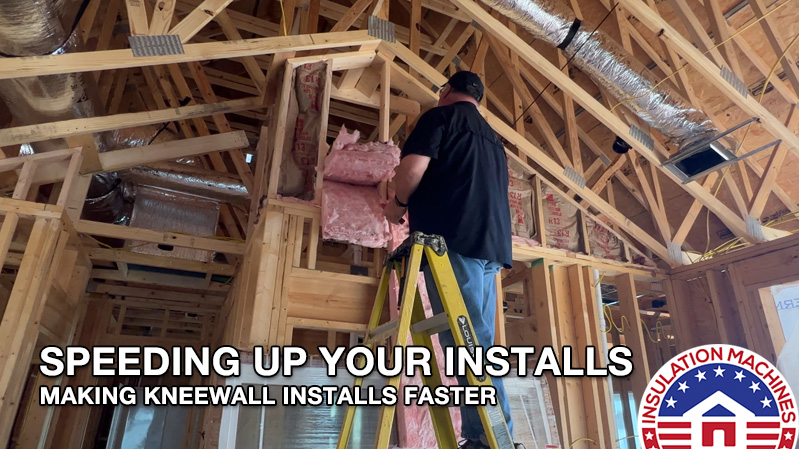Energy Saving Tips: Adding Insulation and More
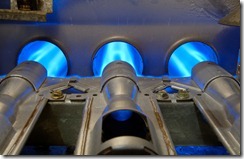 Unless your home was built in complete accordance to the most current building standards, chances are you need more insulation. Older homes (built before 2001) may need more insulation. Even in some states (e.g., Michigan), building codes improved as late as 2006. They need more insulation EVEN if they were built to code prior to 2006. Before Michigan improved their standards, R-30 was required. Now, R-48 is required. You would need 6 more inches! You can use this handy tool to determine what your requirements are today.
Unless your home was built in complete accordance to the most current building standards, chances are you need more insulation. Older homes (built before 2001) may need more insulation. Even in some states (e.g., Michigan), building codes improved as late as 2006. They need more insulation EVEN if they were built to code prior to 2006. Before Michigan improved their standards, R-30 was required. Now, R-48 is required. You would need 6 more inches! You can use this handy tool to determine what your requirements are today.
Whether your house is new or old, check the following areas.
- Attic: Make sure the depth of the insulation meets or exceeds the recommended R-values. Is the access door insulated? Are knee walls (cathedral ceilings) insulated? Has insulation blown back away from the top rim joist due to poor blocking?
- Duct work: Is the ductwork sealed or leaking air into the attic? Has a bathroom vent duct separated? Is your ductwork covered with insulation or wrapped?
- If you have an older home, are your exterior walls insulated?
- Is the floor above unheated spaces (e.g., garage) insulated?
To better assess the existing insulation of homes, it is best to get the services of a qualified home energy auditor. A home energy audit will help determine the insulation needs of a home and will also help determine which parts of the home need to be air-sealed. Insulation is quite useless if the house is not 100% air tight. A qualified energy auditor will be able to tell which parts of the house are not and should be insulated, type of insulation used and its R-value. Energy auditors often offer great incentives and will know what current energy credits are available to save you hundreds of dollars.
Home Energy Auditors perform the following services.
- Blower door testing: They remove your front door and create a vacuum with a fan (blower door) to see if (and where) your house is bleeding air.
- Combustion safety testing
- Combustion efficiency testing
- Gas Leak Detection
- Thermal Imaging: Using an infrared camera, auditors can identify hot and cold spots in your exterior walls to see exactly where your insulation needs upgrading.
Here are a few tips on how one can help conserve energy.
- Apply weather-stripping on doors and windows. This will provide a barrier between the movable and fixed sections of openings.
- Apply caulk or sealant around door and window frames, window sills and joints. Air leaks are easily identified during windy days. Light an incense stick to help identify leaks in vents, electrical outlets, around windows and doors.
- Close blinds and drapes during the night.
- Tinted window film is effective, especially in the southern states.
- If the house has large windows facing south, on sunny day, close the drapes or blinds to keep the sun out when the air conditioning is on.
- Keep furnace filters clean.
- Check your ductwork in your attic. Use mastic to seal the joints of your ductwork
- Make sure your ductwork is covered with insulation or wrapped.
- Turn off the lights when not in use.
- Use cold water when washing clothes.
- Run the washing machine and dish washer at night to avoid heating up the house during the day and the opposite during the winter months.
- Ceiling fans effectively move air. In the winter, reverse your fan blades to move the warm air from the ceiling down.
- Unplug electrical devices (e.g., battery/cell phone chargers) that are not in use as they draw electricity even when not in use.
Energy Auditors in Your Area
If you would like your site to be included below, please contact Barry.
Arizona
California
Georgia
Michigan
New Jersey
